Research
Large-scale patterns of diversity
In my work, I explore the distribution of species diversity to better understand species ecology, evolutionary history and the assembly of continental biotas. In particular, I leverage the data-rich global network of natural history museums and pair species occurrence data with phenotypic data, phylogenies, geographic range and environmental data to investigate processes that have contributed to these patterns across continents.
I have been particularly interested in a few empirical systems:
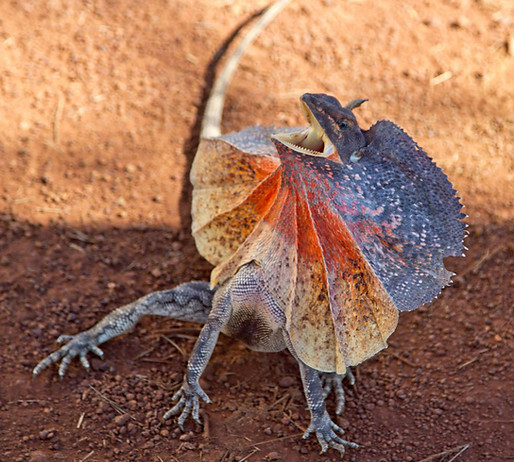
Australian squamates: Australia is home to over one thousand species of lizards and snakes, belonging to 12 major radiations that exhibit different geographic distributions. This system of replicated diversification makes for an ideal system to study the spatial distribution of species radiations over evolutionary time.
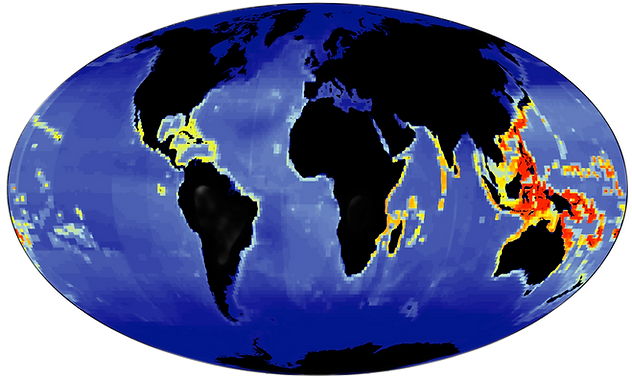
Marine fishes: I am also interested in understanding how the biogeographic dispersal of species over time has contributed to the patterns in species richness and phylogenetic diversity that we see today. In particular, I am applying phylogenetic biogeographic models to better understand global patterns in marine fish diversity.
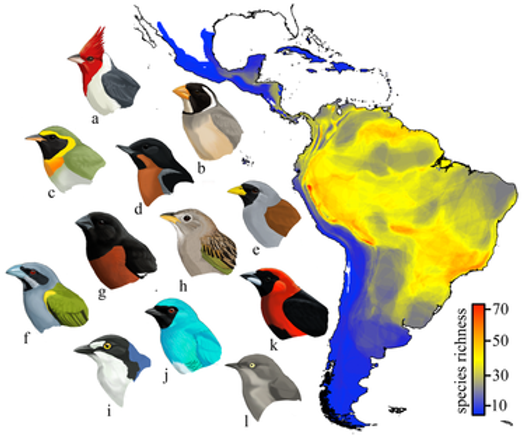
Tanagers: The tanager family is the largest radiation of songbirds in the Neotropics. For my Masters work at San Diego State University, I explored how shifts into different regions of climatic space may have facilitated the diversification of this group of birds. Tanagers offer a great system to explore the interplay between diversification, trait evolution and geographic occupation. This work is in collaboration with past and present members of Kevin Burns’ lab at SDSU.
Species response to climate change
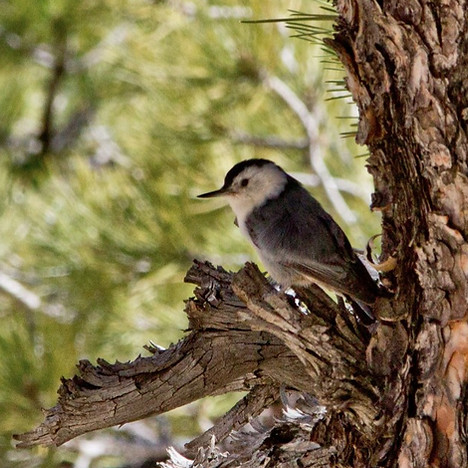
Climatic conditions across the globe have been shifting over the last century, with changes in temperature and precipitation regimes. Climatic stability is also decreasing in many regions, with greater incidence of extreme weather events. As a result, species’ geographic distributions have been shifting, as these species track their optimal climatic and environmental conditions. I am interested in quantifying the degree of geographic range shifting across species, and seek to understand what makes a species more or less likely to shift its range. This work is in collaboration with other members of the Environmental Resilience Institute.
Species Distribution Modeling
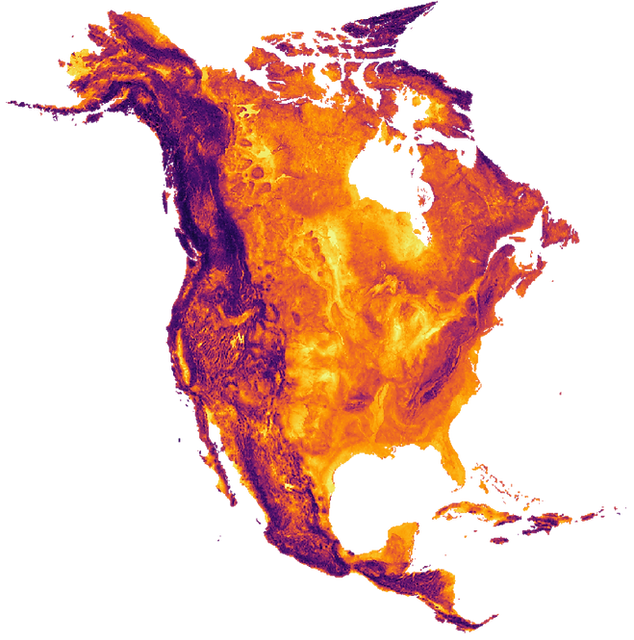
A species’ geographic range is the result of a multitude of processes, including a species’ physiological response to climatic conditions, dispersal abilities, historical biogeography and interactions with other species. Our ability to model these geographic ranges is also dependent on the availability of species occurrence records, appropriate climatic and environmental datasets, and an understanding of the potential biases that exist in occurrence databases. I am interested in developing tools and resources for species distribution modeling.
Diversification methods
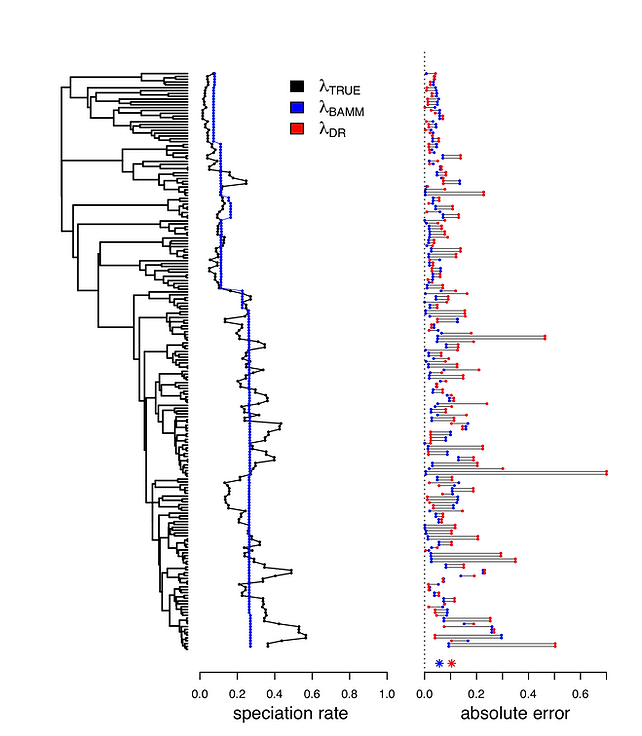
A major question in biology is why species diversity is unevenly distributed geographically, through time, and across the tree of life. In order to address this question, we need to be able to properly quantify diversification patterns across phylogenies, which necessitates the development and evaluation of diversification methods. I have been involved with the development of BAMM, an approach for identifying diversification shifts on phylogenies, primarily through contributions to the BAMMtools R package. I have also conducted simulation work to better understand how different diversification metrics perform under a variety of scenarios.
